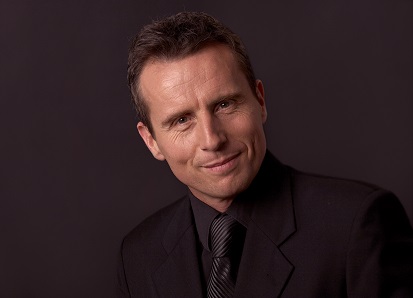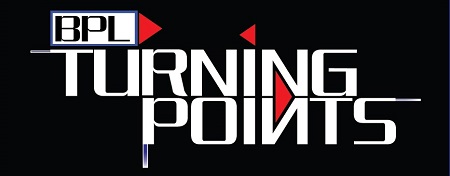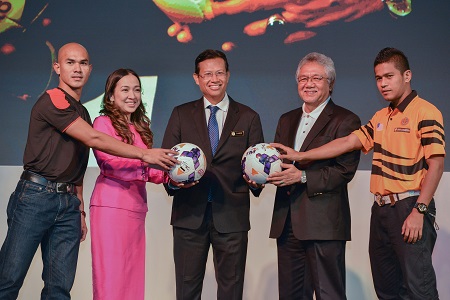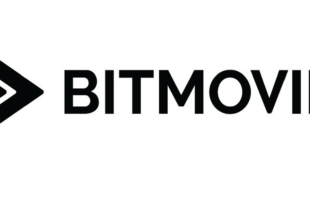
Apart from staggering licence fees, content providers are also investing heavily in original Premier League productions and commentary, and in glorious HD. Jason Dasey​ sheds light on Astro’s BPL coverage.
Jason Dasey
Programming-wise, how is coverage different for the next three seasons compared with past seasons?
For the next three seasons, Astro SuperSport takes a more senior role when it comes to English Premier League content on the Astro Sports Pack. In short, we have many more games compared to FOX Sports Asia – formerly ESPN STAR Sports – and we will do ALL of the associated programming. For example in the previous three-year cycle, we had four EPL matches out of 10 every weekend – but for the next three seasons, we will carry eight out of 10. And after splitting the production of the EPL-flavoured content with FOX on the previous cycle, we will now produce all the shows ourselves – which sees the addition of three new programmes. It is a challenge for us, but one that we’re embracing. It does prove that Astro SuperSport has truly arrived as a regional force in sports TV production – with far less reliance on regional carriers. We are aiming to be number-one not only in Malaysia in terms of quality but number-one in Asia. We’re aiming high.
The new show that I am probably most excited about is something called BPL Turning Points. In the show, we boil down a 90-minute match into a single turning point that was the difference between winning and losing. We have two hard-hitting experts – usually a former international player and a renowned coach – who go head-to-head to pinpoint their individual incident. It is shot in a kind of presidential-debate style – with standing podiums – which adds to its appeal and entertainment.
What kind of budgets are we talking about? Can you share what are the major cost items for this BPL coverage?
Budget information is confidential, but what we all know is that Astro and other broadcasters paid record fees for EPL rights for the current cycle. Obviously the cost of the rights themselves is the biggest expense, but we have also had to spend a considerable amount on new HD sets, 3D graphics and the latest studio technology. We also subscribe to Premier League Television (PLTV) from London which gives us tremendous stand-alone programmes on Astro SuperSport, plus exclusive interviews and clips that we include in our own Malaysia-sourced productions.
How are you relying on local talent? Is there funding from say FINAS or is this fully ASTRO-funded?
We make it a priority to promote local talent and to give opportunities to outstanding Malaysian hosts and producers. This is fully funded by Astro without any financial support from outside. As executive producer, I passionately believe in the concept of putting Asians at the forefront of Asian TV. I think it is what stands us apart from our regional peers in Singapore, who continue to import expatriate television talent, both in front of the camera and behind-the-scenes. We have developed outstanding Malaysian hosts over the past four years, including Adam Carruthers, Jay Menon and Roshan Narayan, whom I believe are now international-class. And, at the same time, we are developing leaders behind-the-scenes who are equally creative, capable and here for the long haul.
Let’s talk about the HD coverage. You mentioned ASTRO has started a HD-ready studio before many others in the region. Are you shooting in stereoscopic 3D?
All of our football programming – including studio shows around English Premier League, World Cup, Euro and so on, plus our magazine shows – has been fully HD since 2010. Even our much-loved Bola@Mamak magazine show that was filmed in a genuine Malaysian outdoor cafe – was captured in glorious HD via Astro B.yond – which meant the red-brown of the tandoori chicken and brilliant hues of watermelon and pineapple juice lit up the screens as famous names from football debated the latest hot topics. As we approach 2014, I find it surprising that some of our competitors continue to broadcast their English Premier League studio shows and magazine programming in SD. Once you’ve enjoyed HD, it is indeed hard to go back to SD. The viewers deserve the best in terms of technology as well as content, and we’re trying to deliver it.
Astro SuperSport was something of a pioneer in the region when it came to 3D football broadcasts by telecasting the 2010 FIFA World Cup final between Spain and The Netherlands from South Africa in 3D. Selected English Premier League matches will continue to be made available in 3D this season.
How does your primetime programming stack up against ratings of local programming? What about programming on say FOX Sports? Where else in Asia can one catch ASTRO Supersports?
Obviously terrestrial broadcasters will continue to have a broader reach than pay-TV operators, but we have seen very healthy ratings for much of our football programming in prime-time. One Astro SuperSport show that has rated very strongly is Football Overload. It is a fun show aimed at a younger audience – which features celebrity guests across the region and football-flavoured games on a colourful set. We were delighted when Football Overload was nominated for Best Comedy Show at the 2011 Asian TV Awards – a tremendous achievement in a non-sports category.
Astro SuperSport is specifically targeted for Malaysia and Brunei – but it is also seen in other parts of Southeast Asia, including Thailand, on a non-official basis. We’re often surprised by the many e-mails we get from viewers who are enjoying our programming outside our specific footprint.
Any changes to your programming in light of the deal with Telekom Malaysia?
No specific changes, but this is an exciting opportunity for both Astro SuperSport and TM. It means that Astro SuperSport HD and Astro SuperSport 2 HD can now be seen on TM’s Hypp-TV. That means more people – and a brand new audience – will join me, Adam Carruthers and our experts including Abbas Saad, Peter Butler, Darren Anderton and George Boateng – for our Premier League shows every weekend. It’s a win-win for all concerned.
Astro and Telekom Malaysia’s signing ceremony for the carriage of Astro SuperSport HD and Astro SuperSport 2 HD (collectively, ASSP Channels) on TM’s Internet Protocol TV (IPTV) service, HyppTV.
After BPL, what’s next?
Going forward, we are looking to share our original HD football content – specifically some of the weekly magazine shows that we produce – with other broadcasters across Asia. In recent times, we’ve had discussions with broadcasters in Singapore, India and even Australia. Already our interview series, Golfing Greats In Their Own Words, is seen in Singapore on Golf Channel. Thanks to fibre and satellite technology, we are now connected to other parts of Asia and the world. Quite simply, we think our content is too good to keep to ourselves! We are also in discussions with major airlines to provide content for their in-flight entertainment. It’s very exciting.
In addition to BPL, we will also be doing HD studio wraparound shows around other football leagues including UEFA Champions League, FA Cup, League Cup and Bundesliga – which is fitting, given the performance of German teams on the European stage last year. We are also experimenting with new types of progamming – some of it outside football – including a show called Sport Swap in which renowned Southeast Asian athletes compete in each other’s sport. And of course, June 2014 will bring the FIFA World Cup from Brazil with Astro SuperSport – and our sister station, Astro Arena, planning some more innovative content.












